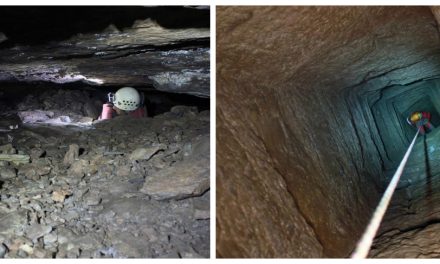🇬🇷🇦🇷The Greek Community of Buenos Aires – Nearly a Century of Hellenism in Argentina
Founded in 1928, the Greek Community of Buenos Aires has been a cornerstone of Greek identity, culture, and faith in Argentina for nearly a century. Rooted in the vision of Greek immigrants, it continues to serve as a bridge between Greece and Argentina. Through education, culture, and community life, it preserves Hellenic heritage while guiding new generations. United by shared values, the Community remains a vibrant home for Hellenism in South America. It should also be noted the the University of Buenos Aires has a chair dedicated to Greek and Byzantine Studies.
The following text is written by Konstantinos Voukelatos, President of the Greek Community of Buenos Aires.
GREEK COMMUNITY OF BUENOS AIRES
Founded in June 1928
“For nearly a century, preserving and promoting Hellenism in Argentina”
Our History
The Greek Community of Buenos Aires was founded in June 1928 by Greek immigrants who arrived in the country with the dream of building a bridge between their homeland and Argentina.
Since then, our institution has established itself as a center of identity, culture, education, and faith, serving as a leading voice for Hellenism throughout South America.
With almost 100 years of history, we continue to honor the legacy of our ancestors and to guide new generations along the path of knowledge and integration.
Education: Our Greatest Pride
The Greek Community of Buenos Aires is the only Greek community in South America with a complete Greek school dedicated to the transmission of the Greek language and culture to children and young people of Greek descent in Argentina.
Kindergarten
A warm, bilingual, and participatory environment where young children begin to discover the Greek language and culture through play, music, and traditions.
Primary School
Academic instruction is complemented by the learning of the Greek language, traditional dances, history, mythology, and the values that define our cultural heritage.
Secondary School
The secondary school operates in cooperation with the Greek Orthodox Archdiocese, integrating language, history, and Greek identity within a modern, inclusive, and high-quality educational framework.
Our Faith
The Greek Orthodox Church has always been a spiritual and cultural pillar of our community.
We work in collaboration with the Greek Orthodox Archdiocese of Buenos Aires and South America, strengthening values such as solidarity, family, and brotherhood.
Liturgical celebrations, traditional festivals, and community events keep our religious and cultural identity alive.
Culture and Community
The Greek Community organizes activities throughout the year that enrich the spirit of Hellenism:
• Greek language courses for all ages
• Traditional dances
• Cultural workshops and lectures
• Gastronomy festivals
• Historical commemorative events
• Social and artistic events
Our headquarters is a meeting point for all who love Greece and wish to keep its traditions alive.
Our Mission
• To preserve and promote Greek culture, language, and values
• To serve as a bridge between Greece and Argentina
• To strengthen the participation of younger generations
• To promote quality education with a strong sense of identity
• To cultivate unity and brotherhood among all Greek institutions
United by Hellenism
We invite all families of Greek descent, friends of Greece, and supporters to join this great community, which, since 1928, has continued to work for the unity, progress, and continuity of Hellenism in Argentina.













